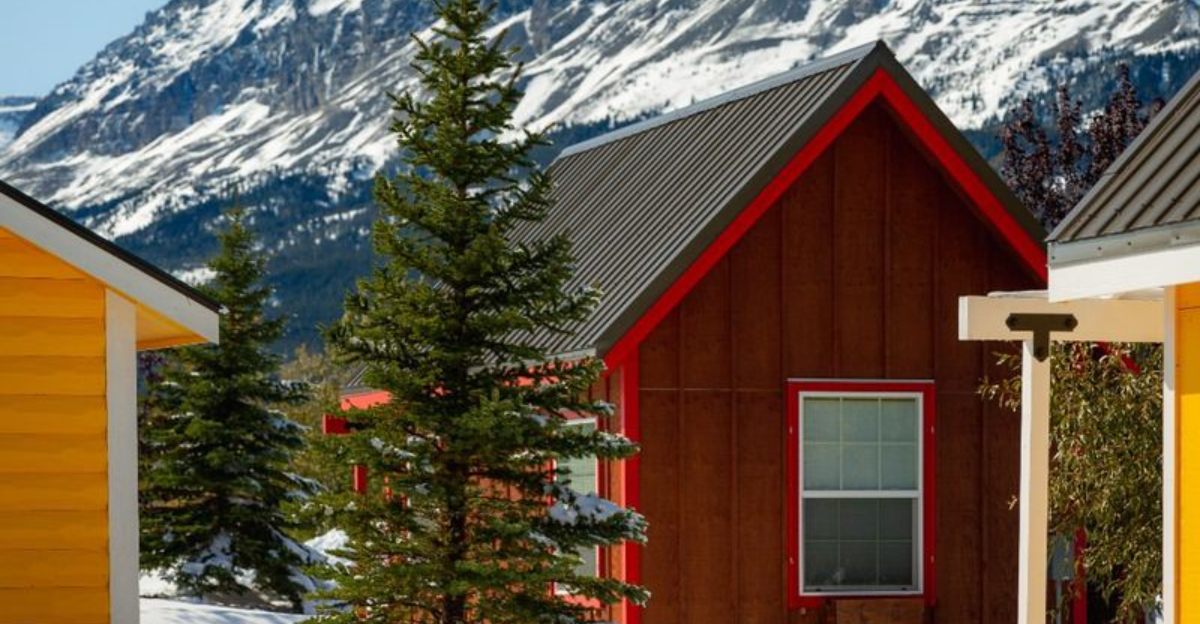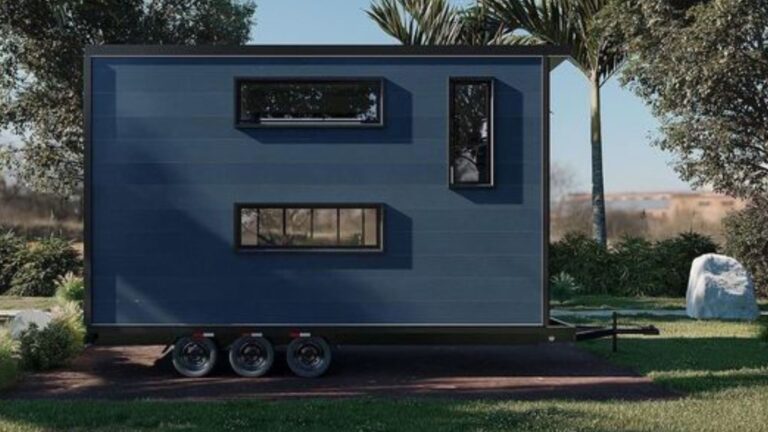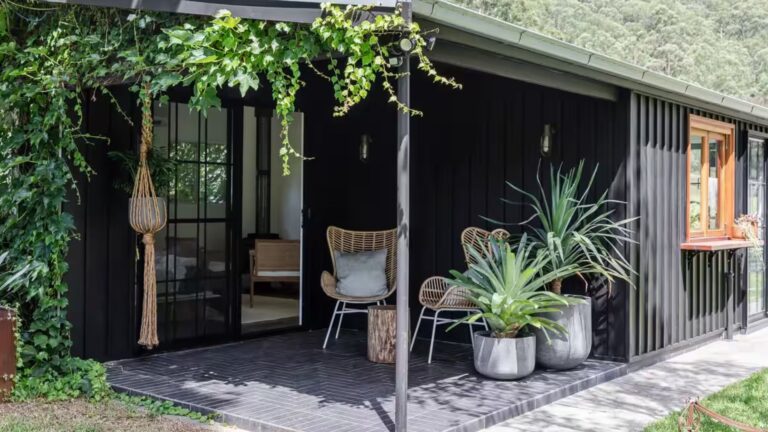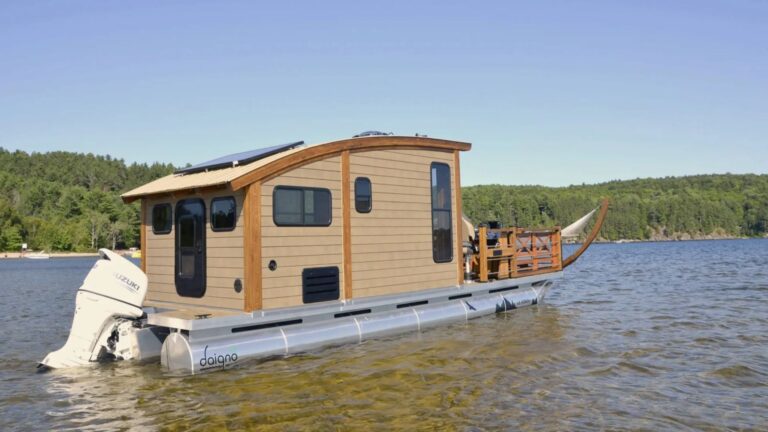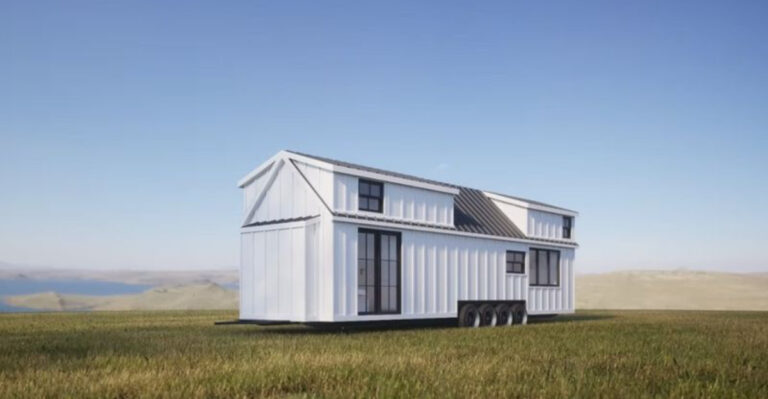20 Historic Tiny Homes in Montana With Endless Charm
Montana is a haven of vast landscapes and rich history, where the old merges seamlessly with the new. Its historic tiny homes, each with a story to tell, capture this unique blend.
These quaint abodes not only display architectural charm but also reflect the practicality and artistry of their eras. Here, we explore 20 historic tiny homes in Montana, showcasing their enduring allure and cultural significance.
1. Little Bear Schoolhouse
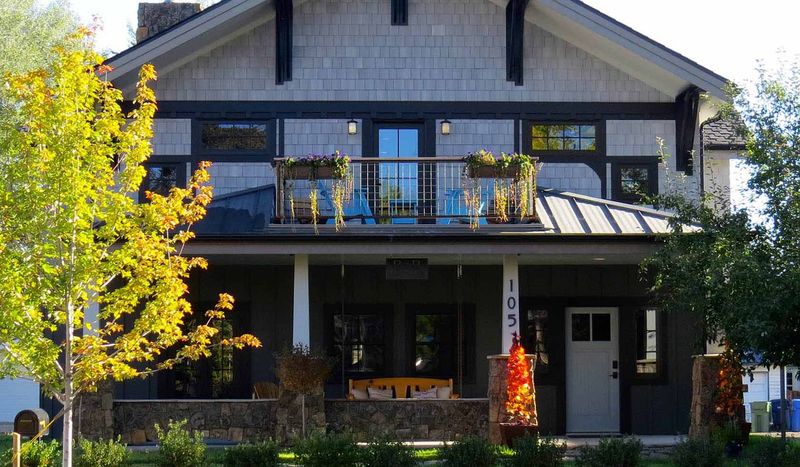
The Little Bear Schoolhouse, nestled in Montana’s breathtaking landscape, is a relic of 19th-century educational architecture.
Originally constructed by homesteaders, this tiny log cabin taught generations of local children. Hand-hewn beams and snug dimensions reflect the settlers’ resourcefulness.
Its charming simplicity speaks to an era when education was a communal effort.
2. Granite Ghost Town Cabin
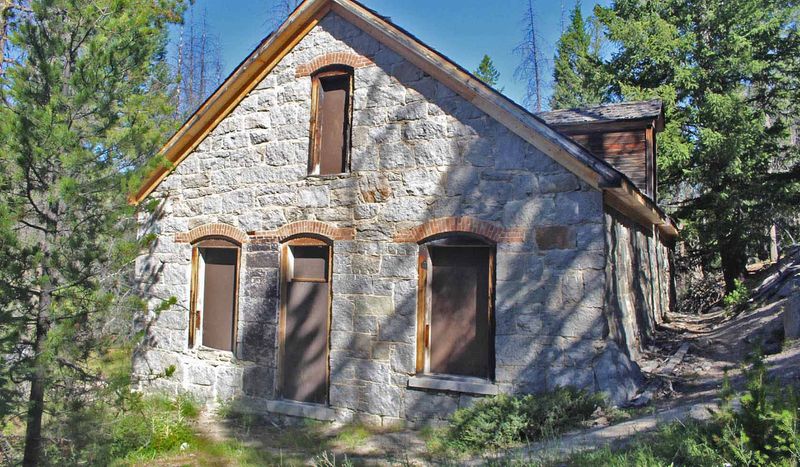
In Granite Ghost Town, a stone cabin whispers tales of Montana’s booming silver mining days. Built by miners in the 1880s, it combines durable stone with rustic charm.
The cabin’s thick walls offered warmth against harsh winters, while its compact space fostered camaraderie among residents.
Now preserved as a historical site, it invites visitors to envision life during Montana’s mining heyday.
3. Big Hole Battlefield Cabin
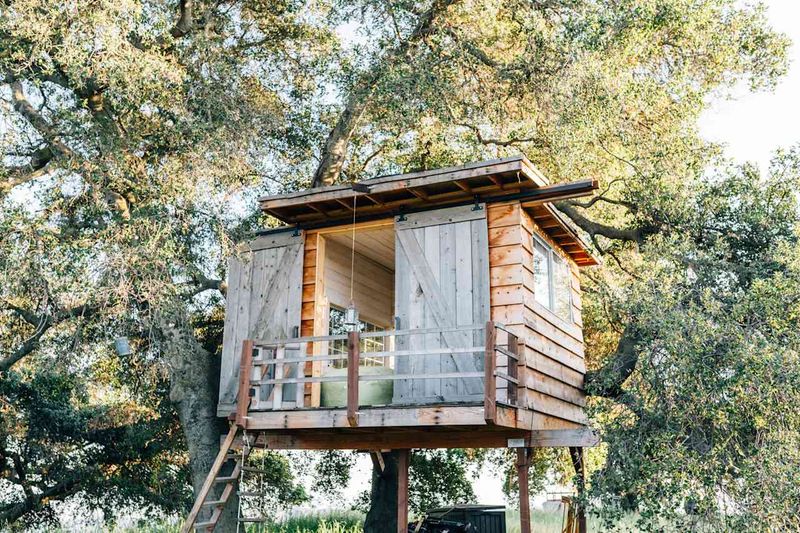
The Big Hole Battlefield Cabin holds profound historical significance. Built in the late 1800s, this tiny wooden structure was part of the Nez Perce War narrative.
Its humble architecture belies its role as a strategic shelter during the conflict. Today, it stands as a poignant reminder of resilience and history, inviting reflection on the past’s impact on present-day Montana.
4. Virginia City’s Miner’s Cabin
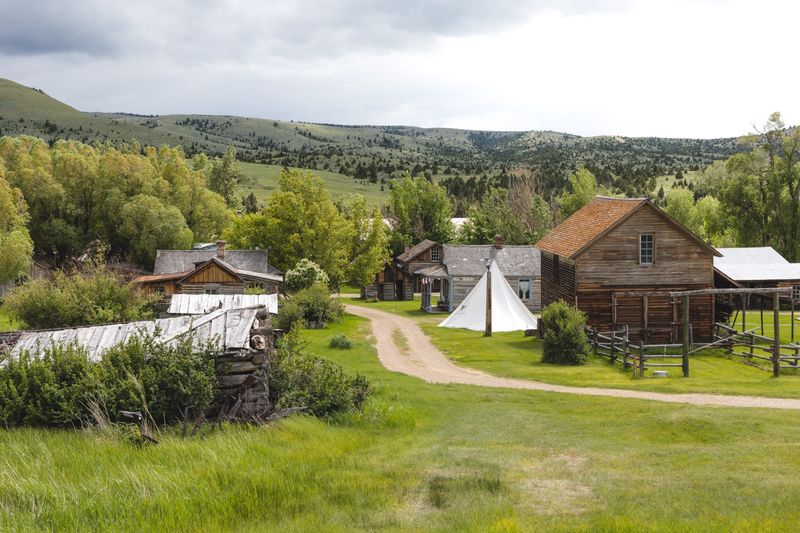
Virginia City’s Miner’s Cabin, dating back to the 1860s gold rush, is a testament to Montana’s rich mining heritage. Constructed by prospectors seeking fortune, its compact design features hand-carved wood details and functional space.
This preserved cabin, now a museum piece, offers insights into the daily lives of miners and their enduring spirit amidst the rugged frontier.
5. Fort Owen Trading Post
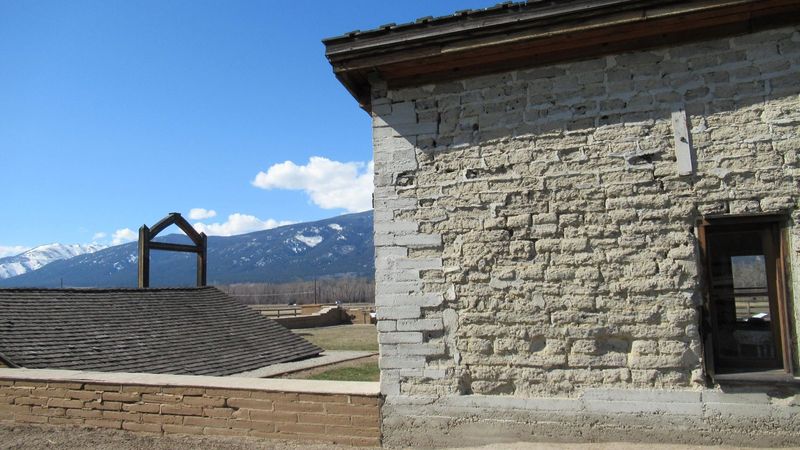
The Fort Owen Trading Post, built in the 1850s, is a rare glimpse into Montana’s trade history. This tiny log structure facilitated exchanges between settlers and Native Americans.
Its sturdy timber walls echo tales of barter and cultural intersections. Now, it serves as a reminder of the region’s diverse and interconnected past.
6. Marysville’s Stone Cottage
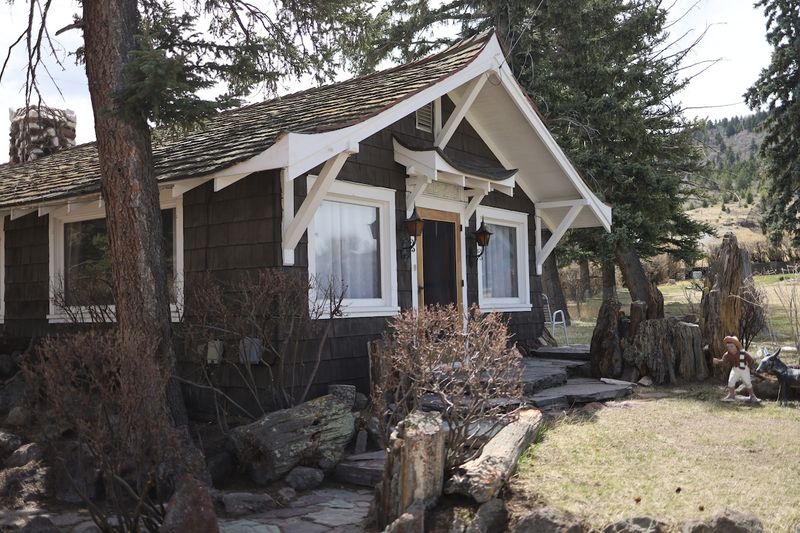
Marysville’s Stone Cottage, crafted by Italian immigrants in the late 19th century, showcases exquisite stone masonry.
Its robust construction and artistic stonework create a cozy retreat. Today, it stands as a testament to the cultural melting pot that shaped Montana’s architectural landscape.
7. Chico Hot Springs Cabin

Chico Hot Springs Cabin offers a rustic escape into Montana’s natural beauty. Built in the early 20th century, this tiny wooden structure served as a retreat for hot springs visitors.
Its simple yet functional design, complete with a cozy porch, invites relaxation. Today, it continues to welcome guests, blending historic charm with modern comfort.
8. Bannack’s Doctor’s Office
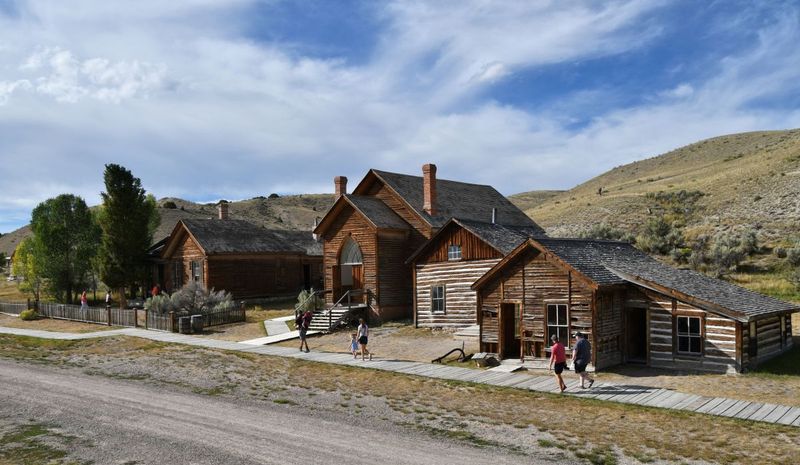
Bannack’s Doctor’s Office, a relic of the 1860s gold rush era, stands as a testament to frontier medicine. This tiny wooden cabin once housed a bustling medical practice, offering care to miners and settlers.
Preserved with period medical equipment, it provides a glimpse into the challenges and innovations of early healthcare in Montana.
9. Yellowstone River Cabin

Perched along the Yellowstone River, this cabin epitomizes rustic serenity. Built in the early 1900s, it boasts wooden craftsmanship and scenic views.
Originally a fishing retreat, its compact layout maximized space efficiency. Today, it remains a cherished getaway, blending historical allure with the tranquil beauty of Montana’s riverine landscapes.
10. Glacier Park Ranger’s Hut
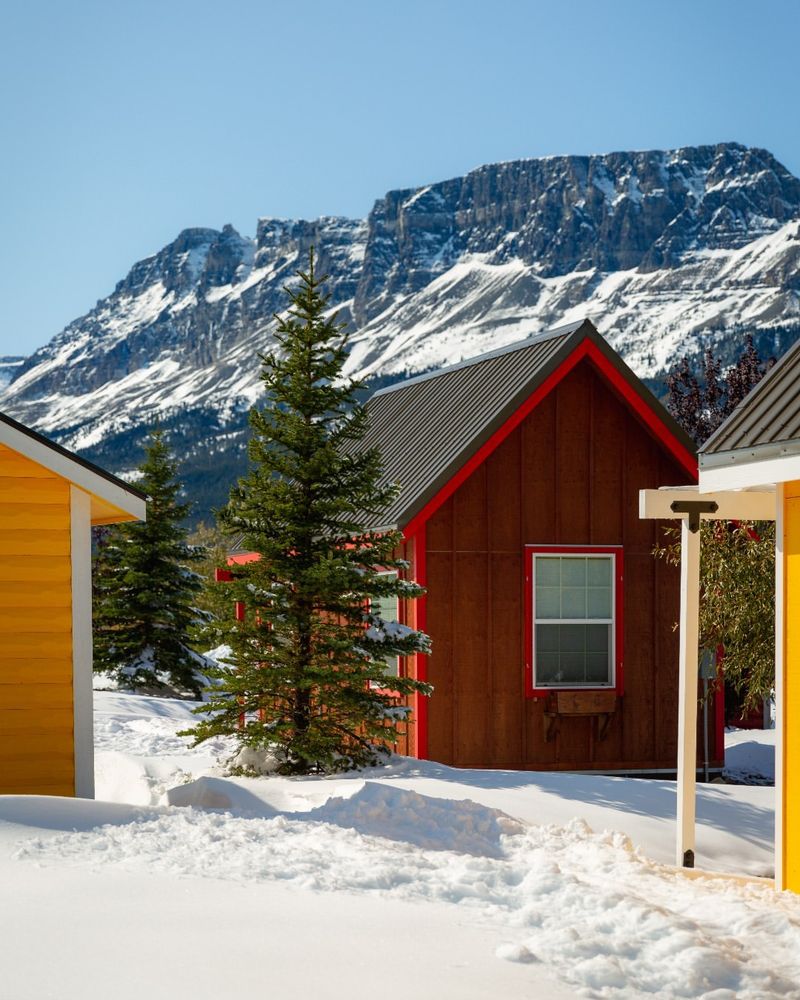
The Glacier Park Ranger’s Hut, a blend of functionality and charm, stands in the heart of Glacier National Park. Built in the 1920s, it provided shelter for rangers amidst the park’s wilderness.
Its rustic design, featuring timber construction and strategic positioning, reflects the era’s conservation efforts. Today, it remains a symbol of dedication to preserving Montana’s natural wonders.
11. Old Fort Missoula Bunkhouse

Old Fort Missoula’s Bunkhouse, dating back to the late 19th century, housed soldiers in a compact wooden structure. Its no-nonsense design focused on functionality and camaraderie.
With preserved bunk beds and military artifacts, it offers a glimpse into the daily lives of soldiers stationed in Montana, highlighting their role in shaping the region’s history.
12. Helena’s Governor’s Cabin
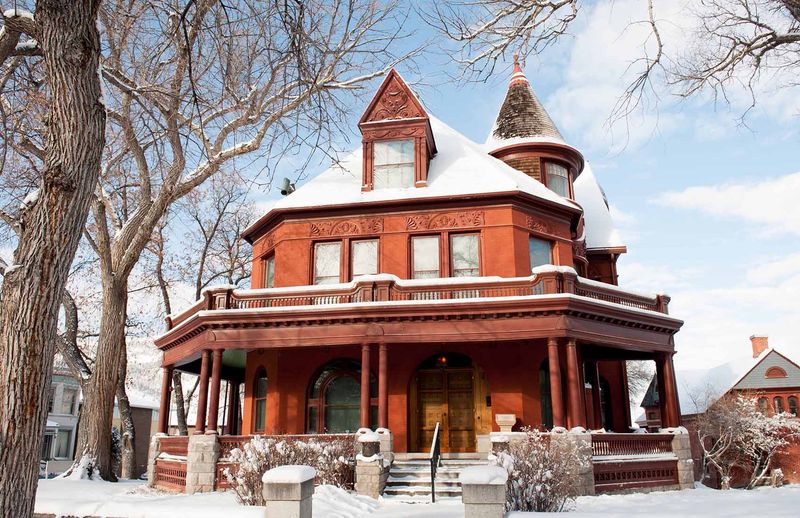
Helena’s Governor’s Cabin, a political landmark, stands as a piece of Montana’s governance history. Built in the late 1800s, its elegant wooden architecture hosted governmental meetings and social gatherings.
Today, it is a preserved historical site, offering insights into Montana’s political heritage and the lives of those who influenced its development.
13. Homestead Shack in Havre
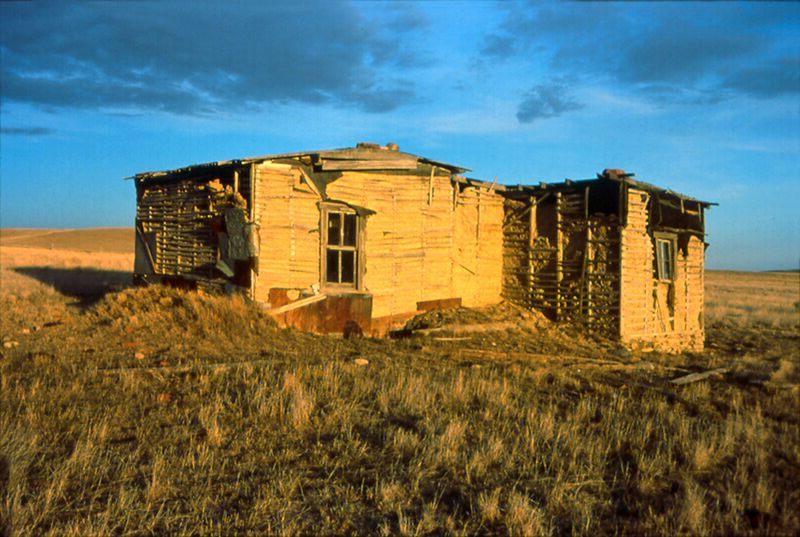
Havre’s Homestead Shack reflects the determination of early 20th-century settlers. This humble wooden structure, built by homesteaders, embodies the spirit of self-sufficiency.
Its simple design and historical significance provide a window into the challenges faced by those who cultivated Montana’s fertile plains. Today, it stands as a symbol of resilience and the pursuit of the American dream.
14. Philipsburg’s Miner Cottage
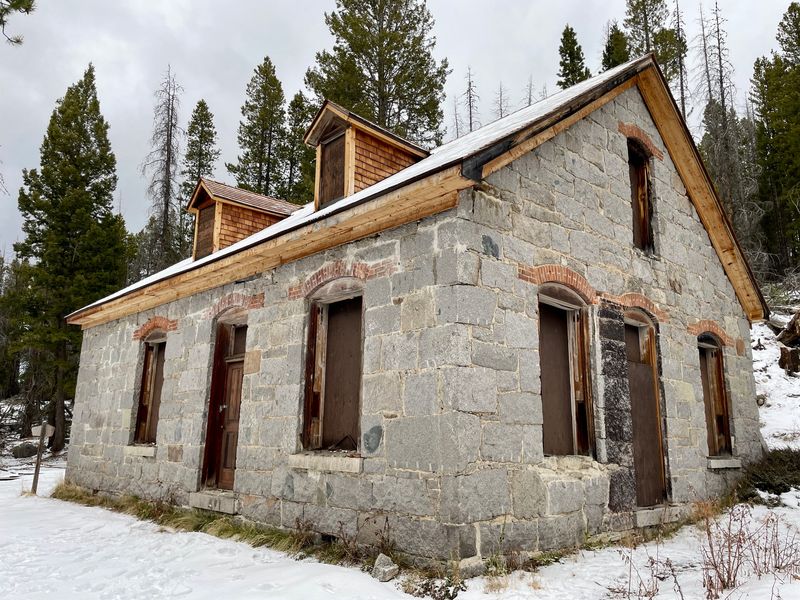
The Miner Cottage in Philipsburg, a historic mining town, oozes Victorian elegance. It was constructed in the late 1800s and features warm interiors and beautiful woodwork.
Miners and their families lived in this small home, which combined style and functionality. It has been preserved as a tribute to the town’s mining history and still captivates tourists today.
15. Butte’s Christmas Village Cabin
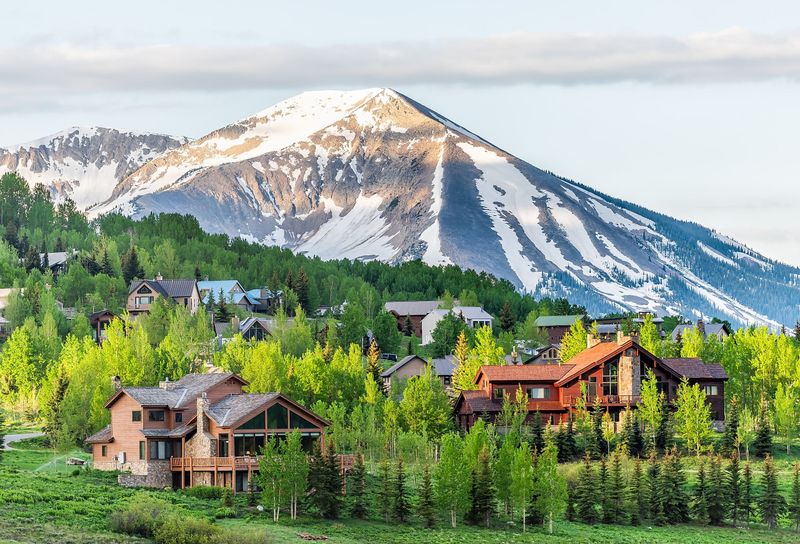
Montana’s winter scenery is given a whimsical touch by Butte’s Christmas Village Cabin. With its festive décor and warm interiors, this mid-century building exudes holiday pleasure.
As part of a Christmas tradition, this small wooden cottage encourages families to enjoy the wonder of the season while maintaining the festive mood and cultural legacy of the neighborhood.
16. Flathead Lake Fishing Hut
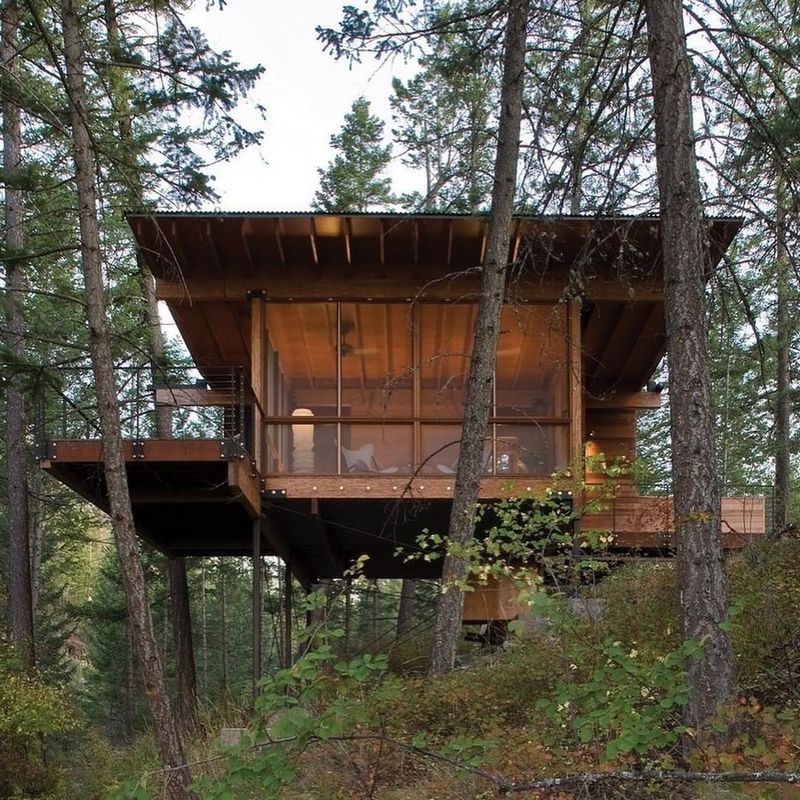
Flathead Lake’s Fishing Hut offers an idyllic retreat for anglers and nature lovers. Built in the early 1900s, its wooden structure and strategic waterfront location optimized fishing opportunities. This tiny hut, with its simple charm, continues to attract visitors seeking relaxation by the lake. Its preservation underscores the timeless appeal of Montana’s natural beauty.
17. Bozeman’s Pioneer Log Cabin
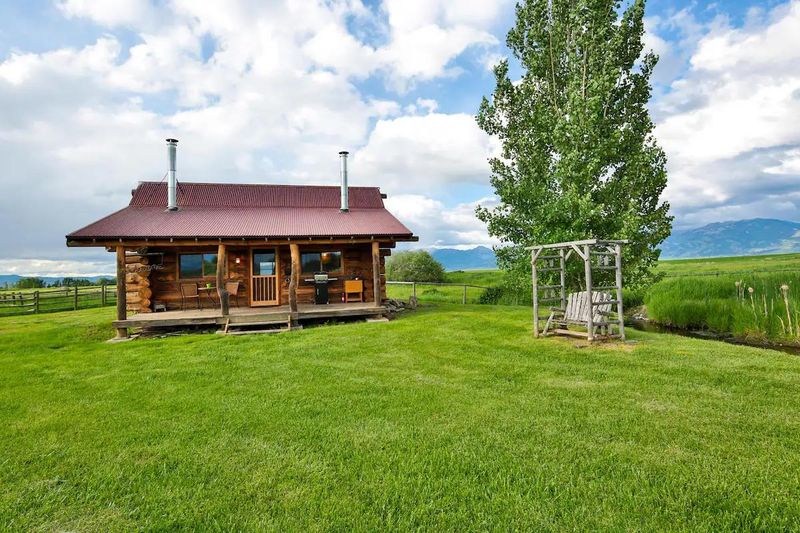
Bozeman’s Pioneer Log Cabin stands as a testament to early settlers’ craftsmanship. Built in the 1870s, it features hand-hewn logs and a cozy interior. This tiny home once sheltered pioneer families, offering warmth and security. Today, it serves as a cherished historical site, celebrating the resilience and ingenuity of Montana’s pioneers.
18. Red Lodge’s Stone Hut
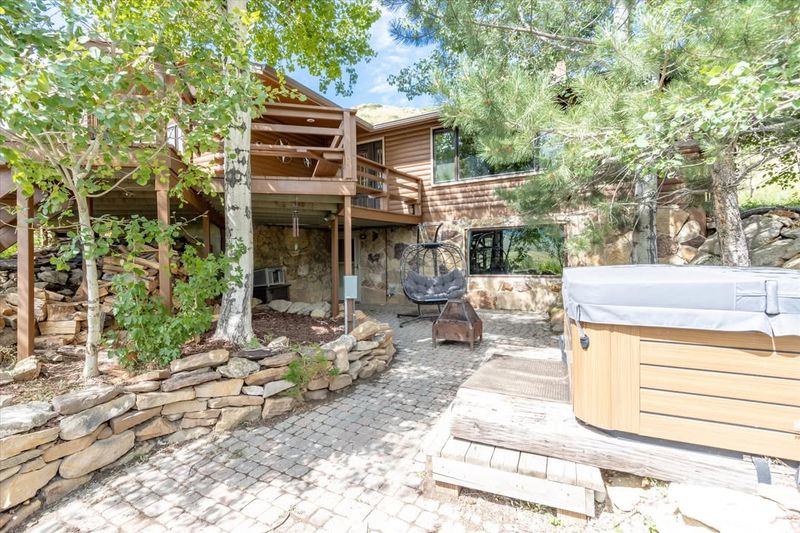
Red Lodge’s Stone Hut, with its rugged stone construction, echoes Montana’s mining history. Built in the late 1800s by settlers, it provided shelter amidst the challenging mountain terrain. The hut’s enduring charm and strategic location make it a beloved historical landmark, inviting visitors to explore the region’s rich cultural and natural heritage.
19. Fort Benton Trading Cabin
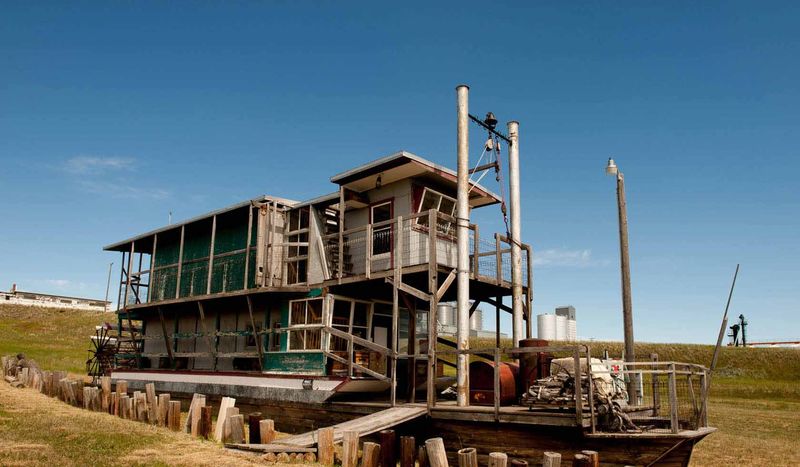
Fort Benton’s Trading Cabin, a relic of Montana’s fur trade era, dates back to the mid-1800s. This tiny wooden structure facilitated exchanges between traders and Native Americans. Its preservation as a historical site honors the legacy of cultural interactions and commerce that shaped Montana’s early development. Visitors can explore its rich history and enduring charm.
20. Anaconda’s Logger Cabin
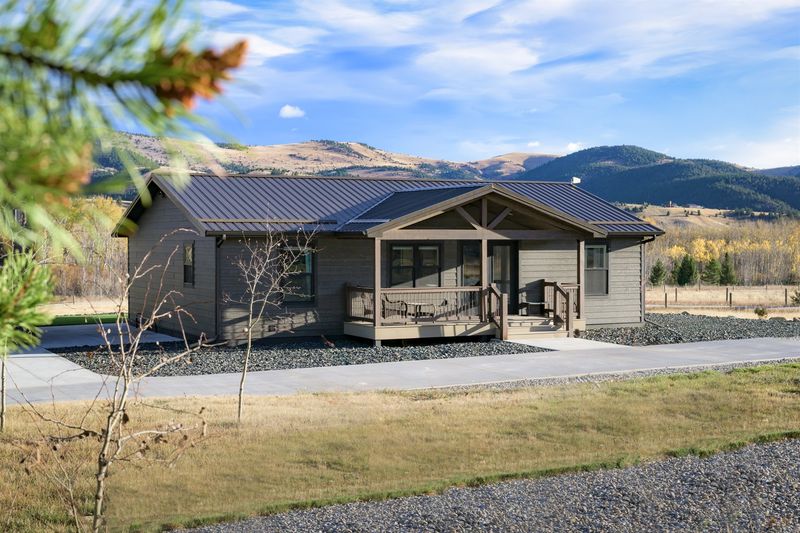
Anaconda’s Logger Cabin reflects the heritage of Montana’s logging industry. Built in the early 1900s, this tiny wooden structure housed loggers working in nearby forests. Its simple design accommodated rugged lifestyles while providing essential shelter. Today, it stands as a tribute to the hardworking individuals who contributed to Montana’s economic growth, preserving their stories for future generations.

